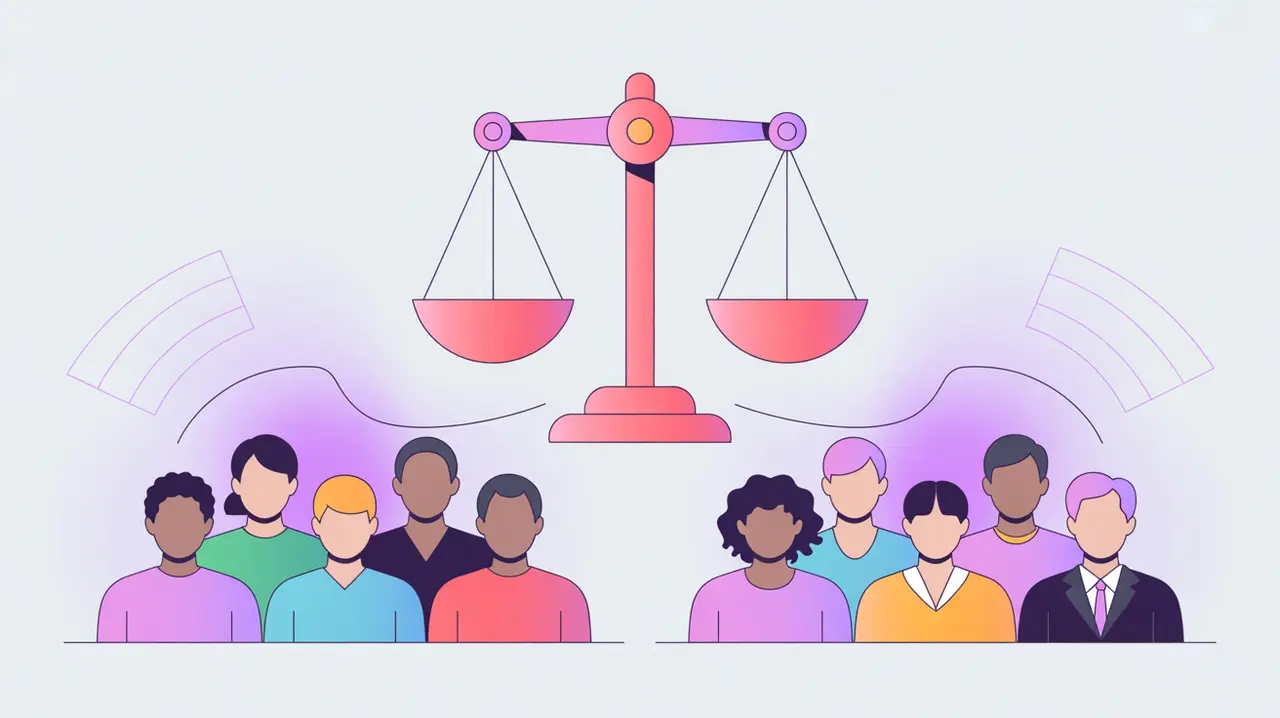Importance of Algorithmic Bias and Fairness
Algorithmic Bias and Fairness address the ways in which AI systems may produce outcomes that systematically disadvantage certain groups. Bias can arise from skewed training data, flawed model design, or inequitable deployment contexts. Fairness involves identifying, measuring, and mitigating these biases to ensure equitable treatment. Their importance today lies in the growing evidence that AI can reinforce or amplify social inequalities if left unchecked.
For social innovation and international development, algorithmic bias and fairness matter because mission-driven organizations often work with diverse and vulnerable communities. Ensuring fairness in AI systems is essential for protecting rights, fostering trust, and delivering inclusive impact.
Definition and Key Features
Bias in algorithms can be statistical (e.g., skewed data distributions), social (reflecting human prejudices in datasets), or systemic (arising from structural inequalities). Fairness frameworks propose metrics such as demographic parity, equal opportunity, and predictive value parity. Audits, guidelines, and toolkits (e.g., IBM AI Fairness 360, Microsoft Fairlearn) are emerging to standardize approaches.
This is not the same as general accuracy testing, which measures performance overall but may obscure disparities across subgroups. Nor is it equivalent to broader ethics discussions, which set principles without technical tools. Algorithmic bias and fairness focus on concrete, measurable dimensions of equity.
How this Works in Practice
In practice, organizations test AI models for disparities in performance across demographic groups. For example, a recruitment algorithm may show higher false negatives for women, or a health diagnostic model may misclassify symptoms in underrepresented populations. Techniques to mitigate bias include re-sampling data, adjusting model weights, or introducing fairness constraints.
Challenges include trade-offs between fairness metrics (improving one can worsen another), lack of demographic data in sensitive contexts, and the difficulty of addressing systemic inequalities that extend beyond technology. Transparency in how fairness is defined and operationalized is crucial.
Implications for Social Innovators
Algorithmic bias and fairness are critical for mission-driven organizations. Health programs must ensure diagnostic AI tools work equally well across ethnic and gender groups. Education initiatives need fair algorithms for adaptive learning so students are not disadvantaged by language or socioeconomic background. Humanitarian agencies must avoid biased targeting in aid distribution. Civil society groups advocate for fairness audits to ensure AI does not deepen existing inequities.
By addressing bias and embedding fairness, organizations make AI more equitable, trustworthy, and aligned with the principles of social justice.






